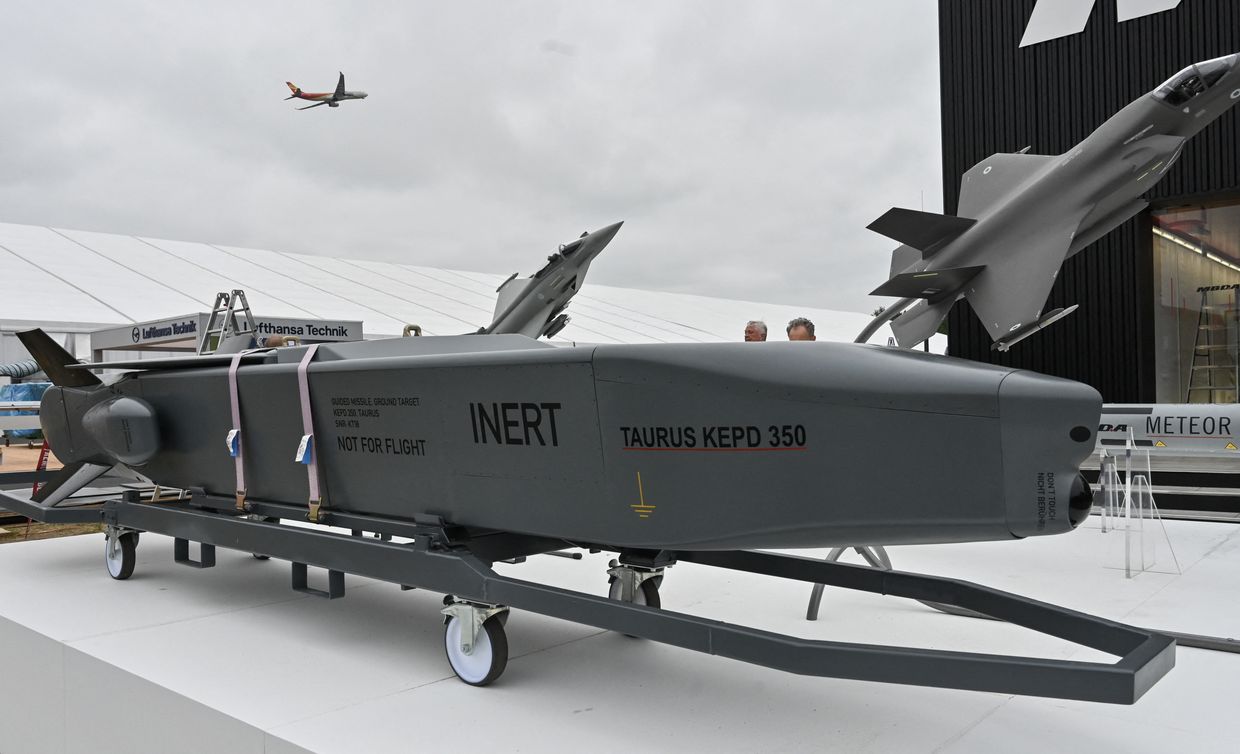Operation Spider’s Web: A Strategic Ukrainian Assault on Russian Air Power
In a dramatic turn of events, Ukraine executed a meticulously planned attack on Russian military aircraft that has the potential to change the dynamics of the ongoing conflict significantly.
Preparation and Execution of the Operation
The ambitious operation, known as “Operation Spider’s Web,” took 18 months to plan and was reportedly carried out without the knowledge of the Pentagon, as revealed by sources to Fox News. The mission featured coordinated drone strikes deep into Russian territory, effectively damaging a significant number of Russian bomber jets and surveillance aircraft stationed at five military airfields.
This extensive operation was directly supervised by Ukrainian President Volodymyr Zelensky, according to statements made by Ukraine’s security service, the SBU. The leadership exhibited in this mission underscores Ukraine’s ongoing commitment to countering Russian aggression in the region.
The Mechanics of the Attack
During the operation, Ukraine utilized small first-person view (FPV) drones that were ingeniously concealed within wooden enclosures on trucks. As these trucks approached the designated airfields, the roofs of the vehicles opened through remote control, allowing the drones to launch their attacks effectively.
Videos circulating on social media showcased the dramatic launches, demonstrating the drones hitting their targets with precision. This sophisticated strategy signifies Ukraine’s innovative approach to modern warfare, employing tech-savvy solutions to confront a formidable adversary.
Zelensky’s Reaction and Strategic Impact
In a statement shared on the platform X, President Zelensky lauded the operation as “an absolutely brilliant result,” emphasizing that it was a product of Ukrainian ingenuity and effort. He disclosed that the operational planning took “one year, six months, and nine days” to come to fruition, marking it as Ukraine’s most extensive long-range operation to date. Moreover, he highlighted the successful extraction of personnel involved in the operation from Russian territory, asserting the strategic success of the mission.
Zelensky also remarked on the historical significance of these actions, declaring, “These are Ukrainian actions that will undoubtedly be in history books… Ukraine is defending itself, and rightly so.” This statement not only reflects the confidence of Ukrainian leadership but also serves to rally domestic and international support.
Russian Response and Military Implications
In response to the attacks, the Russian defense ministry confirmed that strikes were conducted on airfields in key regions, including Murmansk, Irkutsk, Ivanovo, Ryazan, and Amur. Russia characterized the operation as a “terrorist act” and acknowledged that several aircraft had caught fire during the assault. While Russian authorities claimed to have repelled the attack, they also revealed that some individuals had been arrested in connection with the incident, furthering the narrative of a compromised defense.
The details surrounding the operation highlighted the deployment of one hundred seventeen drones by Ukrainian forces. The SBU estimates suggest that around 34% of Russia’s strategic bombers were affected, with damage estimates ranging controversially between $2 billion to $7 billion, although these figures remain unconfirmed.
Geopolitical Ramifications and Future Negotiations
This audacious strike came just ahead of anticipated peace talks in Istanbul, which are backed by former President Donald Trump, aiming for a negotiated settlement in the conflict. Ukraine has laid out a vision for negotiations centered on achieving a complete ceasefire, the return of prisoners, and the repatriation of children taken into Russian territories—terms that have yet to be accepted by Russia.
The White House has confirmed that the Trump administration was unaware of the operation prior to its execution. Following the attack, Secretary of Defense Pete Hegseth received a briefing about the incident and provided updates as new information emerged.
Technological Edge and Military Assessments
Military officials worldwide have described the operation as an advanced undertaking, with mixed assessments regarding the number of Russian bombers impacted. Initial claims suggested that up to fifty bombers may have been hit; however, U.S. officials revised estimates to about 11 to 15 damage aircraft across five airfields.
Experts opine that the raid may have effectively diminished Russia’s capacity for conducting long-range missile strikes, with affected aircraft such as the TU-95 and TU-22M3 being previously utilized in operations against Ukraine. Additionally, Ukraine reported damage to a Russian A-50 radar aircraft, a vital asset in coordinating Russian air operations.
Analysts, including BBC’s Chris Partridge, noted that the launch of drones from within Russian territory limited the effectiveness of air defenses like the S-300 and S-400, which have proven challenging for Ukraine to overcome in previous encounters.
Conclusion
As the dust settles on this audacious operation, its impact on both military strategy and potential diplomatic dialogues remains to be seen. President Zelensky’s remarks and Ukraine’s decisive actions underscore a significant moment in the ongoing conflict that is bound to reshape future interactions on the battlefield and at the negotiating table.
